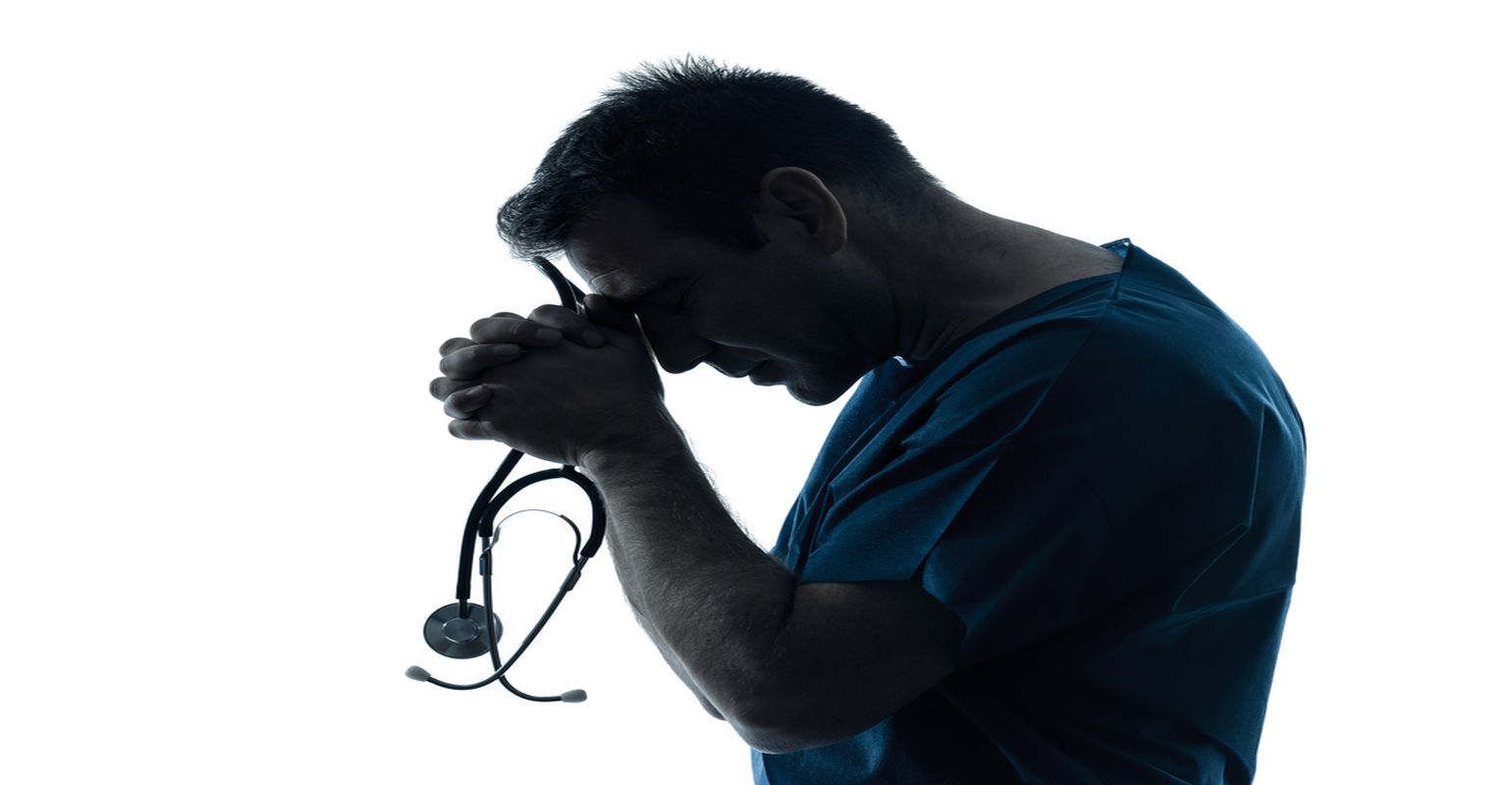Study Shows Healthcare Professionals Often Care for Patients While Ill

Large numbers of healthcare workers risk transmitting respiratory viruses to patients and co-workers by attending work even when they have symptoms, according to a study published today in Infection Control & Hospital Epidemiology, the journal for the Society for Healthcare Epidemiology of America. The study found that 95 percent of people working in healthcare settings have worked while sick, most often because the symptoms were mild or started during their workday.
"We found that physicians and people working in areas that required the most intensive contact with patients were less likely than other workers to stay home or to leave work if symptoms progressed after the start of the day," said Brenda Coleman, PhD, clinical scientist in the Infectious Disease Epidemiology Research Unit at Mount Sinai Hospital, Toronto, and lead author of the study. "Managers and senior staff need to both model and insist on workers staying home when symptomatic as it protects both patients and coworkers from infection."
Hospital-acquired respiratory viral infections are recognized as causing significant illness and even deaths as well as increased healthcare costs. The Centers for Disease Control and Prevention recommends that healthcare workers with fever and respiratory symptoms consider temporary reassignment or exclusion from work for while symptomatic, but working with symptoms of an acute respiratory viral illnesses is common, with as many as 92 percent of healthcare workers reporting to work while symptomatic.
Researchers conducted a four-season prospective cohort study of influenza and other respiratory illnesses in nine Canadian hospitals in Toronto, Hamilton, and Halifax. Healthcare workers in acute care hospitals who worked more than 20 hours a week were asked to complete daily online illness diaries whenever they developed symptoms. Illness diaries collected information about symptoms, possible exposure, attendance at work, reason for work or absence, and medical consultations.
A total of 10,156 illness diaries were completed by 2,728 participants. Diaries of participants that were not scheduled to work were excluded, leaving 5,281 remaining diaries for analysis. Analysis of the diaries found that 69 percent of participants said that they worked during an illness because they had mild symptoms and felt well enough to work, 11 percent said they had things to do at work, 8 percent felt obligated to work, and 3 percent stated that they could not afford to stay home. Half of the participants reported episodes of acute respiratory viral illness during each influenza season, with 95 percent of those who reported an acute respiratory viral illness working one or more days of their illness. Seventy-nine percent said they were entitled to paid sick leave.
These findings suggest the need to educate healthcare workers, managers, workplace health and safety and infection control staff, and administrators about the risk of transmission associated with respiratory viral infection, to clarify what symptoms require exclusion from work, and to develop and implement policies for working while symptomatic, Coleman said.
Though the study was conducted in Canada, researchers believe the results also apply to the United States since hospitals in both countries follow similar recommendations to prevent the spread of disease, including standard, droplet and contact precautions as well as vaccination requirements. "There are likely as many differences between states as there are between Canadian and U.S. institutional recommendations." Coleman said
Reference: Lili Jian, Allison McGeer, Shelly McNeil, Kevin Katz, Mark Loeb, Matthew P. Muller, Andrew Simor, Jeff Powis, Philipp Kohler, Julia M. Di Bella, Brenda L. Coleman. "Which healthcare workers work with acute respiratory illness? Evidence from Canadian acute care hospitals during four influenza seasons: 2010/2011 to 2013/2014." Web (June 11, 2019).
Source: Society for Healthcare Epidemiology of America
Genomic Surveillance A New Frontier in Health Care Outbreak Detection
November 27th 2024According to new research, genomic surveillance is transforming health care-associated infection detection by identifying outbreaks earlier, enabling faster interventions, improving patient outcomes, and reducing costs.
Point-of-Care Engagement in Long-Term Care Decreasing Infections
November 26th 2024Get Well’s digital patient engagement platform decreases hospital-acquired infection rates by 31%, improves patient education, and fosters involvement in personalized care plans through real-time interaction tools.
Comprehensive Strategies in Wound Care: Insights From Madhavi Ponnapalli, MD
November 22nd 2024Madhavi Ponnapalli, MD, discusses effective wound care strategies, including debridement techniques, offloading modalities, appropriate dressing selection, compression therapy, and nutritional needs for optimal healing outcomes.
The Leapfrog Group and the Positive Effect on Hospital Hand Hygiene
November 21st 2024The Leapfrog Group enhances hospital safety by publicizing hand hygiene performance, improving patient safety outcomes, and significantly reducing health care-associated infections through transparent standards and monitoring initiatives.